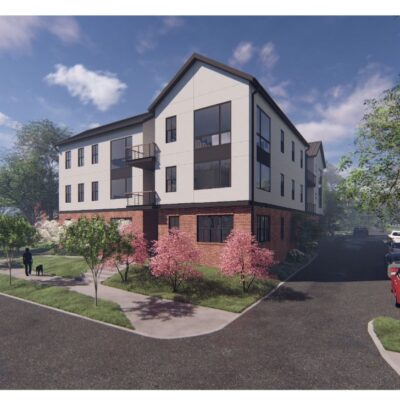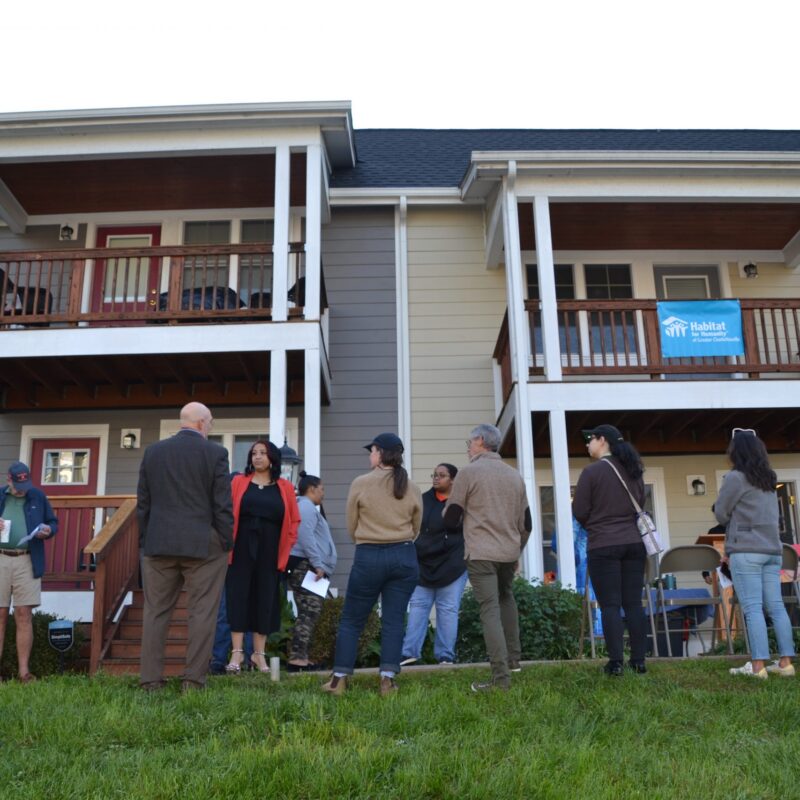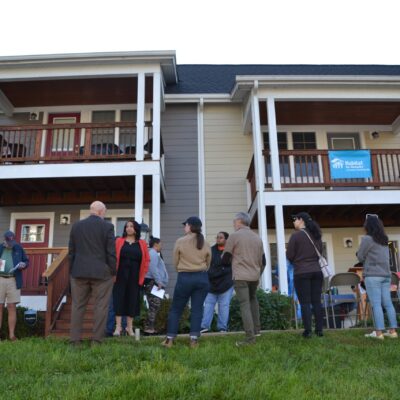Saint Anne’s-Belfield, the Charlottesville private school adept at soaking up the children of the elites, including those of John Grisham and Howie Long, has been granted $30 million in low-interest loans issued by the Albemarle County Industrial Development Authority to expand its lower school campus and, in the process, tear down a 94-year-old house that currently serves as the headmaster’s house.
Hmm… A well-endowed local institution gets low-interest loans to finance a new building that will involve the demolition of a 94-year-old building. That story line probably sounds familiar to anyone who followed the recent Beta House controversy.
 Anyone interested in a 5,500-square-foot, five-bedroom Colonial Revival house should contact Saint Anne’s-Belfield, which says it’s open to discussion if you want to move it. |
Last year, after local government agreed to issue $18 million in bonds, the Jefferson Scholars Foundation came back for an additional $3 million for its new Graduate Fellowship Center. The first time the Foundation came, government officials didn’t think to ask what would happen to the site’s 94-year-old former Beta House, which was designed by Eugene Bradbury as a residence. But UVA Professor Dan Bluestone made sure that City Council was aware the second time. Council deferred a decision on the $3 million, but the Jeff Scholars opted to move on without the extra cash, and tore down the building this winter.
Saint Anne’s-Belfield (STAB) has plans for a 90,000-square-foot building that will accommodate both lower- and middle-school students, who are currently housed on the upper school campus. Head of School David Lourie says that the headmaster’s house doesn’t fit into the expansion.
“We looked at all options in regards to the head of school’s house,” says Lourie, who notes the high environmental standards for the planned building.
To cover its bases, STAB hired an architectural historian, Maral Kalbian, to report on the worthiness of the building, which was originally a residence for Henry Renwick. She found that the headmaster’s house wouldn’t qualify for the National Register of Historic Places. The house “is not architecturally distinguished or unusual and there are many better preserved examples of comparable dwellings in the area.” No one famous was ever associated with the house (sorry Henry Renwick, whomever you were).
Still, Eryn Brennan of Preservation Piedmont says that the house could be a valuable teaching tool. “This historic building adds to the vitality, history and longevity of the school, and embodies the tradition so touted by Mr. Lourie on the website,” Brennan says via e-mail. “It is easy to tear it down, but it would be extraordinary to save it.”
But if there is no way to incorporate it into the site, what about moving it?
“I think that moving a building in this day and age is a very real and reasonable proposal,” says Gate Pratt, a local architect. Pratt says the base cost of moving a house is probably in the tens of thousands of dollars, but if the house is in good shape, he suspects that the incumbent costs would outweigh the cost of new construction.
“We just don’t have room on our parcels of property to move the house,” says Lourie. He says that he didn’t find any interest from anyone to take the house, though he does say he’s open to discussion.
C-VILLE welcomes news tips from readers. Send them to news@c-ville.com.





